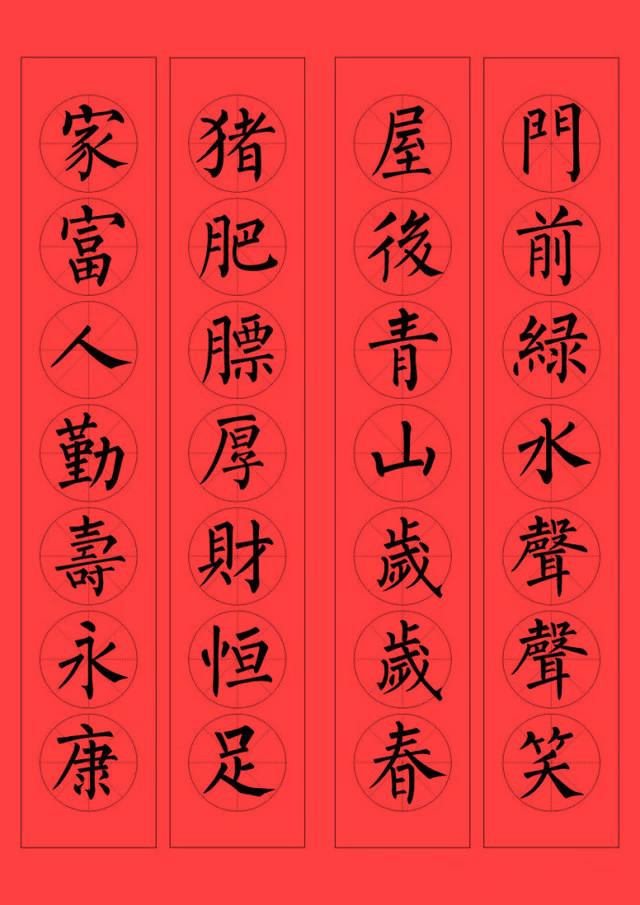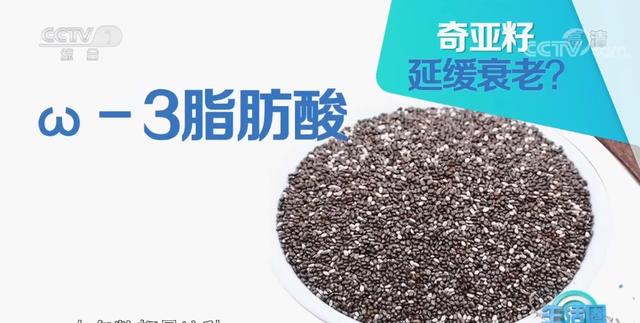金锭作为一种古老的货币,天生就是一种“财富”的象征,赋予了金银的更多珍藏价值。金锭是古代最值钱的流通货币,一般都是银元宝和铜钱为主要流通货币。古代一两黄金等于八两白银或1500个铜钱。传统意义上的金锭一般指的是金元宝,在不同历史阶段的名称不一样,如最早黄金货币战国楚国版状的为金版,汉代马蹄形的为马蹄金,饼状的为金饼,宋代弧首束腰的为金铤,元代之后两侧起翅的为金元宝,到了清代还有长方形金锭、立方体金锭、椭圆形金锭、葫芦形金锭等。
As an ancient currency, gold ingots are by nature a symbol of "wealth", endowing gold and silver with more precious value. Gold ingots were the most valuable currency in ancient times. Silver COINS and copper COINS were the main currencies. In ancient times one or two pieces of gold were equal to eight liang of silver or fifteen hundred copper COINS. In the traditional sense of the gold bullion generally refers to the gold ingot, in the names of the different historical stages, such as the earliest currency gold from the warring states chu version for jin, han dynasty horseshoe for gold water chestnuts, pie pie for gold, song dynasty first waist for gold collar, arc up wings on both sides for gold ingot after the yuan dynasty, the qing dynasty and rectangular gold bullion, cube, gold bullion, oval gold ingots, gourd shape gold ingots, etc.
元宝,正式的名字是金银锭,属贵金属称量货币。它是中国古代货币体系中的一个重要的组成部分,是古代国家财政收入的重要媒介。为什么把金银称量货币称之为元宝?这要从元代说起:“元宝”两字源于元代银锭背面上的“元宝”铭文。《元史·杨湜传》中谈到:至元三年“以湜为诸路交钞都提举,上钞法便宜事,谓:‘平准行用库白金出入有偷滥之弊,请以五十两铸为锭,文以元宝’,用之便。”这就是“元宝”一词出现在银锭的最初记载。“元”即元代,“宝”即宝货。元宝就是元代的宝货。在银锭背面錾刻“元宝”两个大字,有强调大元宝货的意义。后来,元代虽然被明代取代,但元宝的称谓被人们约定俗成地保留下来。之后凡是金锭银锭都被俗称为金元宝和银元宝。
Ingot, formally known as gold and silver ingots, is a precious metal weighing money. It is an important part of the ancient Chinese monetary system and an important medium of the ancient state's fiscal revenue. Why is gold and silver weighing money called ingot? This starts from the yuan dynasty: the word "ingot" comes from the inscriptions of "ingot" on the back of the silver ingots of the yuan dynasty. "Yuan shi · Yang shi biography" said: to the yuan three years, "is for all the way to raise banknotes, on the banknote method cheap matter, that is: 'the balance line with platinum in and out of the bank has stolen the abuse, please use fifty-two casting as ingot, the article with ingot', with the convenience. This is the first record of the term "ingot" appearing in silver ingots. "Yuan" is the yuan dynasty, "bao" is the treasure. Yuan bao is the treasure of the yuan dynasty. On the back of the silver ingot chisel engraved "ingot" two big words, there is emphasis on the significance of the large treasure. Later, although the yuan dynasty was replaced by the Ming dynasty, the name of the ingot was kept by people. Later, all gold ingots and silver ingots were commonly known as gold ingots and silver ingots.








